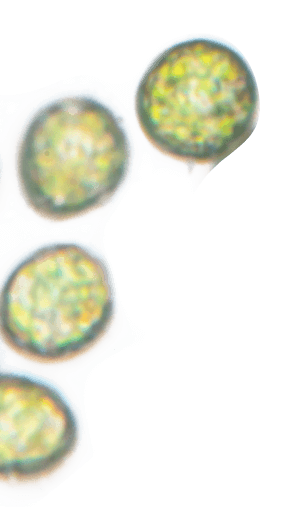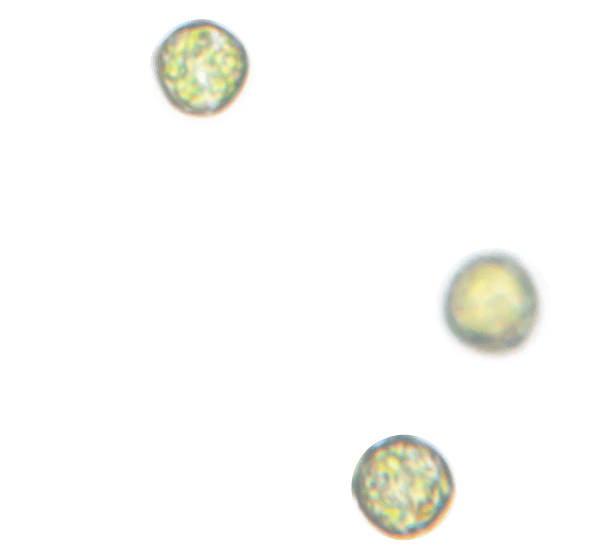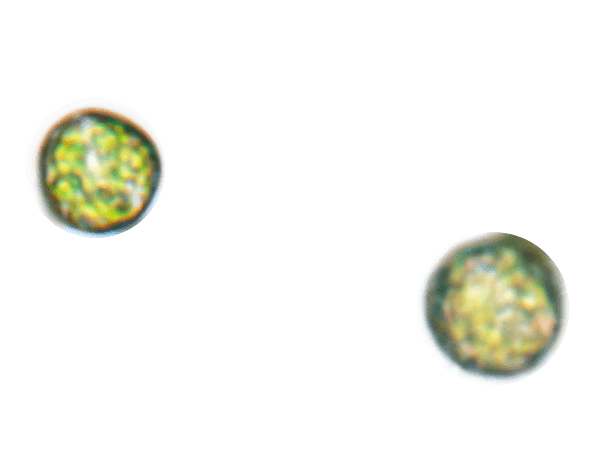Alexandre Rodrigues is Innovation Coordinator at Necton, the oldest microalgae producer in Europe. He studied microalgae at the university, but it wasn’t until he started collaborating with Necton that he realised the huge potential of these tiny organisms. Now he is on a mission to study the many beneficial properties which molecules from microalgae possess and to put them to use. The goal: to develop effective bio-pesticides and bio-stimulants as well as feed for aquaculture.
This interview has been edited and condensed for clarity.
What is REALM about?
We want to unlock the potential of microalgae by setting up production facilities for microalgae in different places close to greenhouses that give us water with nutrients. In this way, we get free water and free nutrients. We clean this water, so we provide an environmental service. We transform waste into value, transform drain water into valuable algae biomass. And then we can sell this biomass. We can make products for agriculture and for aquaculture. So basically, that’s what we are doing. We transform waste into value while performing the ecosystem service of water purification.
"We produce algae cheaper not only because we use a cheap or basically free source of water and nutrients. We also want to invest in technology to automate microalgae cultivation and thus making it more efficient."
How does this help to unlock the potential of microalgae?
With this project, we expect to significantly reduce the price of microalgae cultivation. To produce microalgae, you normally need four things. You need water, nutrients, sunlight and carbon dioxide. If we use drain water from greenhouses, we are already taking out two of them. We produce algae cheaper not only because we use a cheap or basically free source of water and nutrients. We also want to invest in technology to automate microalgae cultivation and thus making it more efficient. We are tackling several issues in the algae world, let’s say.
Why do you use wastewater from greenhouses to grow microalgae?
Greenhouses where strawberries are produced, for instance, have a water that is rich in nutrients, and they throw it away. This water has the perfect amount of nutrients for algae to grow. We clean the water, remove the nutrients that should not enter nature and instead we grow algae with them.
What do you do with the algae?
We want to produce two types of products: for agriculture, to make the plants grow faster and better, and for aquaculture, to feed the baby fish. And ideally also to make them grow faster and healthier.
"We want to innovate. We want to break down the cell of the algae, separate the components therein and try to find those molecules that really do the job. So, we can produce more pure and more effective biofertilisers."
Is there a need for new agrochemicals?
Now the market for bio-fertilisers – the hormones that make the plants grow better – is growing for the algae. There are already some products with algae biomass for that kind of market. But, we want to innovate. We want to break down the cell of the algae, separate the components therein and try to find those molecules that really do the job. So, we can produce more pure and more effective products.
Are there other advantages of bio-fertilisers made from algae?
Algae products have several benefits including circularity. By using the circular economy concept, we transform the wastewater from the greenhouses into algae biomass, and this biomass can be used to grow plants. Even though the products may be a bit more expensive, we are doing something good for the environment. These products are more sustainable than most products on the market today.
Does the same apply to feed for aquaculture from algae?
If we compare it to fish feed. They normally use fish oil or fish debris, things that come from capturing fish in the sea. This is not very sustainable, because at some point we will run out of fish in the sea. So, we need to find another source for the fish oil, and the algae oil is a good example of a replacement. There we have sustainability, also because the algae do photosynthesis. They harvest the carbon dioxide. They take out the CO2 from the air and in doing so, they reduce the amount of greenhouse gases.
As you explained, these products come from microalgae that were produced in wastewater from greenhouses. This water contains fertilisers and other agrochemicals. Aren’t you worried that the water is dangerous for the microalgae or their final products for the fish?
We analyse the water. From what we have found out now, there are no big issues with this water. The algae grow very well. If we identify any issues with the products, we will redirect them to specific markets. So, it will not be an issue to use these products.
When will these products be ready for the market?
The project is planned to last four years, starting from July 2022. We expect to start with product development more or less in the second year and to test the new products until the end of the project. So, they should be ready in June 2026. Hopefully.





![UKRI logo [W] UKRI logo [W]](https://realmalgae.eu/wp-content/uploads/elementor/thumbs/UKRI-logo-W-qpvs3ojy8iduv0fhwct4qqi0nrhb6qt3tstfu87keo.png)

